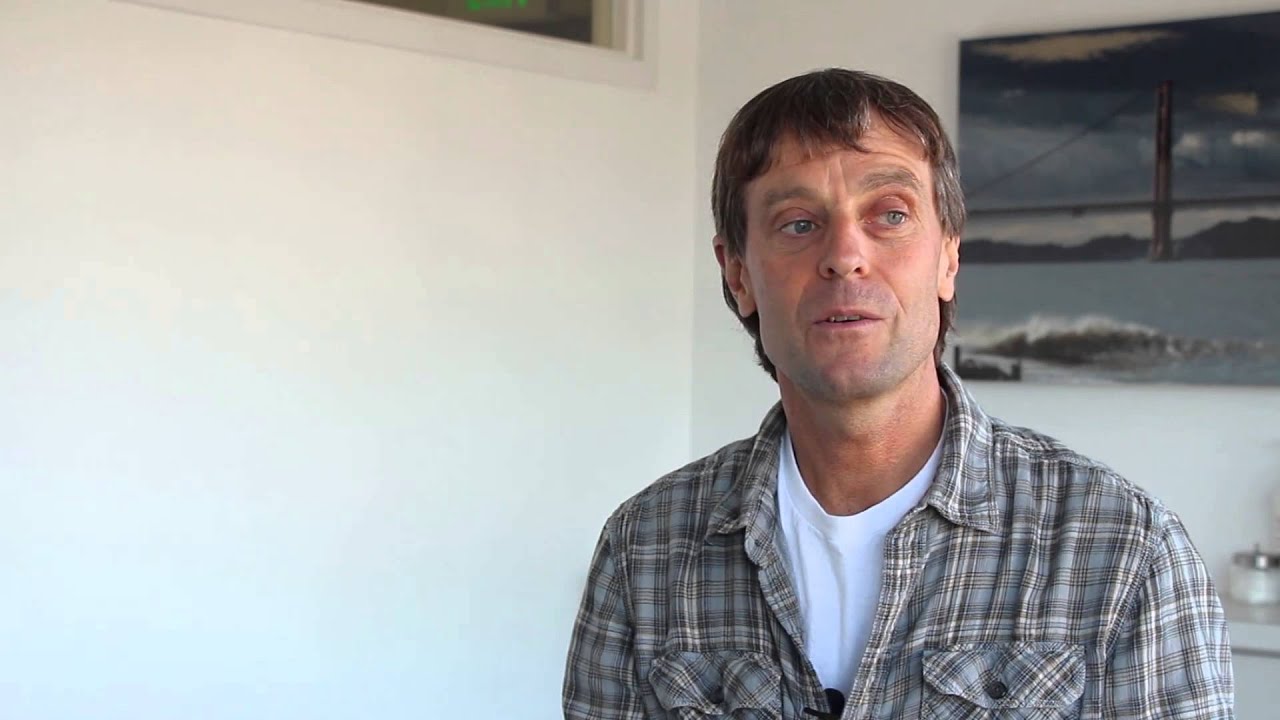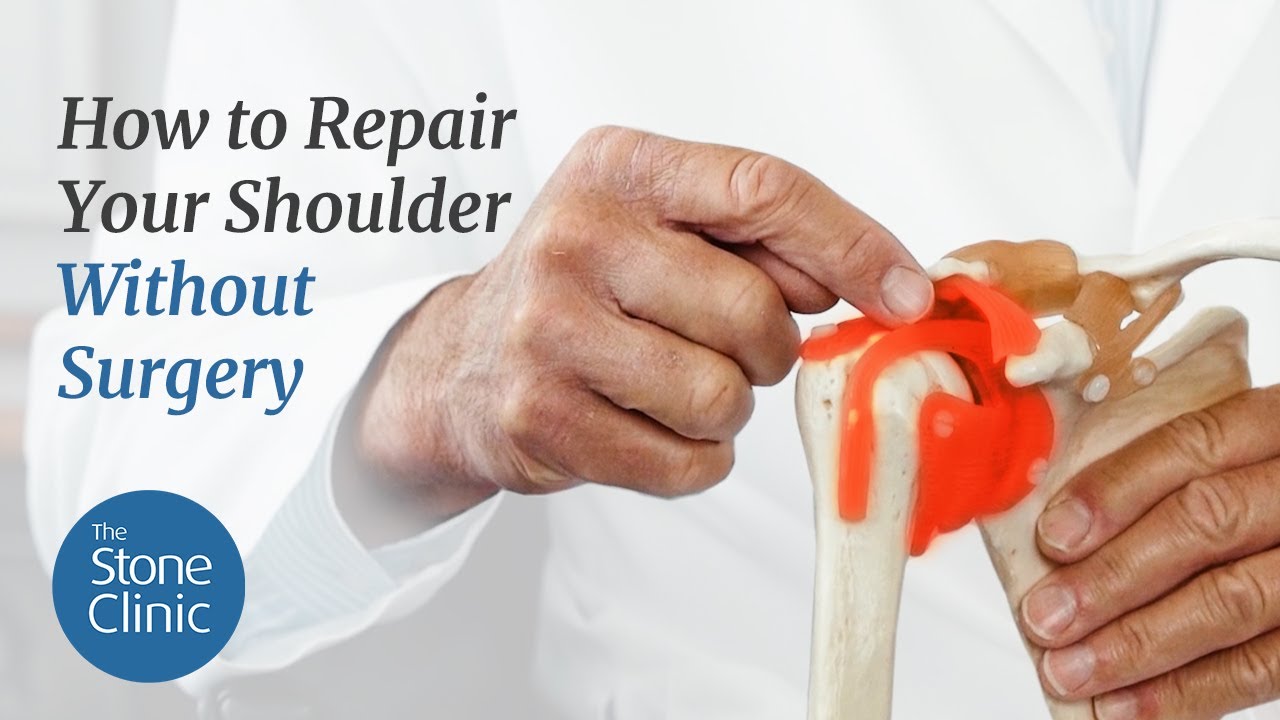Shoulder Motions
Hear From Our Patients
Shoulder Injury Patient Story - 3 months post op.The shoulder can dislocate or just subluxate—i.e., move partially in and out of the joint. The causes for these are most commonly a torn ligament or a lax capsule. The repair steps have improved dramatically and are worth doing early.

The shoulder joint, the upper arm (called the humerus), and the socket (called the glenoid) have a tremendous range of motion, much like a ball and socket joint. While the muscles and tendons crossing the joint are important, it is mainly the ligament and surrounding capsule (the bag of tissue that the joint sits in) that determine the stability of most shoulders. Once these are torn or stretched the shoulder becomes unstable, unreliable, and susceptible to arthritis.
A fall on the outstretched arm drives the humerus backward. The high brace in kayaking, the high stick position when hit by another player in hockey, the fall while skiing with the arm out the side, the football hit directly on the upper arm—all of these are mechanisms for tearing the ligament that holds the arm in place. With enough force, both the ligament and the surrounding capsular tissue may be injured.
And the instability caused by subluxation or dislocation is a risk factor for further injury. Surfers with unstable shoulders are at risk of drowning, mountaineers at risk of falling, police officers at risk of being overwhelmed in a confrontation.
But it is not only trauma that leads to the unstable shoulder. Some people are born with more flexibility than others, and some with a tissue variant that causes hyper flexibility: tissues that stretch widely. These shoulders have capsules that are loose, like baggy shirts. The shoulder may move in and out of joints like these without tearing the ligament. Hypermobility from natural causes does not produce the sheer forces across the joints that produce cartilage damage. New laxity from an injury in an otherwise tight joint, however, does.
Fortunately, the repairs for these conditions no longer require open surgery or even permanent implants. Current outpatient arthroscopic techniques permit sewing of the tissues back to the bone, reefing the loose capsules, and anchoring the repairs with suture knots buried into the bone. Healing of the tissues is now augmented with the addition of growth factors and progenitor cells. The rehabilitation programs have grown more sophisticated, with isolation of each muscle group and immediate strengthening under the guidance of rehabilitation specialists.
There remains an argument amongst some specialists as to whether a first-time dislocation should be surgically repaired or left alone, to see if the shoulder dislocates again—since in some people it may not. My view is this: There are no key tissues in the body that are best left torn, and when the consequences of a new injury are as potentially great as an unexpected shoulder dislocation, and when the repair is so straight forward, the best idea is to fix it early and well, and rehab the heck out of it. Don’t let a shoulder injury become a psychological crutch for giving up activities you love and don’t permit an avoidable disease like arthritis to surface in your future.
Loose shoulders limiting activities should be a thing of the past, along with so many other perceived disabilities.
Experiencing Undiagnosed Shoulder Pain? Use our Shoulder Pain Symptom Checker to better understand your symptoms and find out possible injury conditions.



